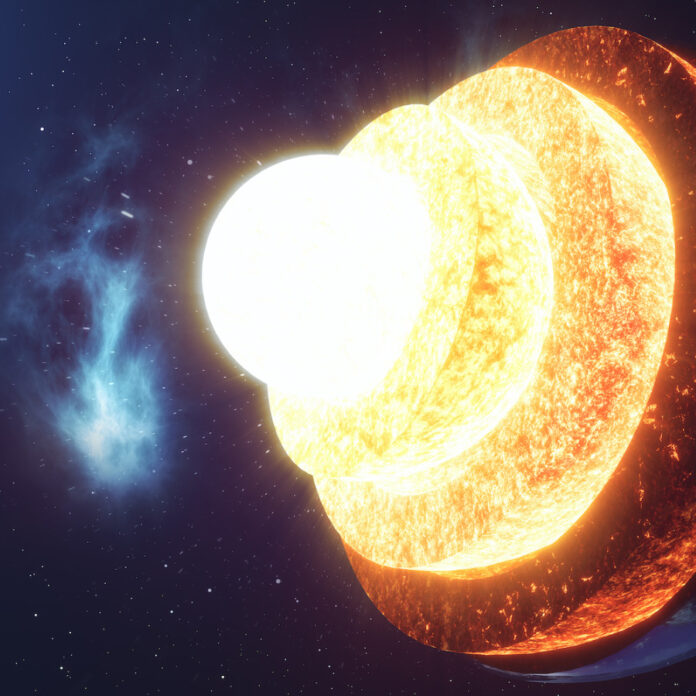USC scientists have found proof that the Earth’s inner core oscillates, refusing earlier acknowledged standards that indicated it invariably spins at a more rapid pace than the planet’s surface.
Their study, published in Science Advances, reveals that the inner core switched direction in the six-year period from 1969 to 1974, according to the research of seismic data. The scientists state their embodiment of inner core activity also defines the deviation in the duration of the day, which has been authenticated to oscillate persistently for the past several decades.
“From our results, we can see the Earth’s exterior shifts corresponded to its inner core, as individuals have argued for 20 years,” said John E. Vidale, co-author of the investigation and Dean’s Professor of Earth Sciences at USC Dornsife College of Letters, Arts and Sciences. “However, our most delinquent observances indicate that the inner core-spun negligibly slower from 1969–71 and then drove the other direction from 1971–74. We also cite that the day span extended and shrank as expected.
“The co-occurrence of those two observances makes oscillation the likely rendition.”

Analysis of Atomic Tests Identifies Rotation Pace and Direction
Our knowledge of the inner core has developed dramatically in the past 30 years. The inner core—a hot, dense ball of solid iron the size of Pluto—has been established to move and/or change over decades. It’s also inconceivable to survey instantly, suggesting researchers stumble via indirect dimensions to describe the pattern, speed and reason of the activity and shifts.
A study issued in 1996 was the foremost to suggest the inner core spins quicker than the rest of the planet—also understood as super-rotation—at roughly 1 degree per year. Successive results from Vidale supported the belief that the inner core super-rotates, albeit at a sluggisher rate.
Employing data from the Large Aperture Seismic Array (LASA), a U.S. Air Force installation in Montana, investigators Wei Wang and Vidale discovered the inner core spun slower than earlier indicated, roughly 0.1 degrees per year. The investigation surveyed ripples generated from Soviet belowground nuclear bomb tests from 1971 to 1974 in the Arctic archipelago Novaya Zemlya utilising an unexplored beamforming method developed by Vidale.
The pristine results appeared when Wang and Vidale used the same method for a couple of previous atomic tests underneath the Amchitka Island at the tip of the Alaskan archipelago—Milrow in 1969 and Cannikin in 1971. Calculating the compressional ripples resulting from the nuclear explosions, they learned the inner core had switched direction, sub-rotating at least a tenth of a degree per year.
Future Research to Dig Deeper into Why the Earth’s Inner core Formed

Vidale and Wang both mentioned future research would rely on locating adequately meticulous observances to correspond to these effects. By utilising seismological data from atomic tests in earlier studies, they have been able to identify the very location and time of the exact straightforward seismic occurrence, says Wang. However, the Montana LASA closed in 1978 and the age of U.S. underground atomic testing is over, meaning that the investigators would need to depend on comparatively inaccurate earthquake data, even with contemporary advancements in instrumentation.
The analysis does sustain the hypothesis that the inner core oscillates established on deviations in the length of day—plus or minus 0.2 seconds over six years—and geomagnetic fields, both of which match the view in both amplitude and phase. Vidale states the results deliver a convincing approach to many queries posed by the investigation community.
“The inner core is not clinched—it’s shifting under our feet, and it appears to go back and forth a pair of kilometres every six years,” Vidale said. “One of the queries we attempted to respond is, does the inner core progressively advance or is it mainly sealed analogised to everything else in the elongated term? We’re attempting to comprehend how the inner core assembled and how it shifts over time—this is a significant effort to better understand this procedure.”



